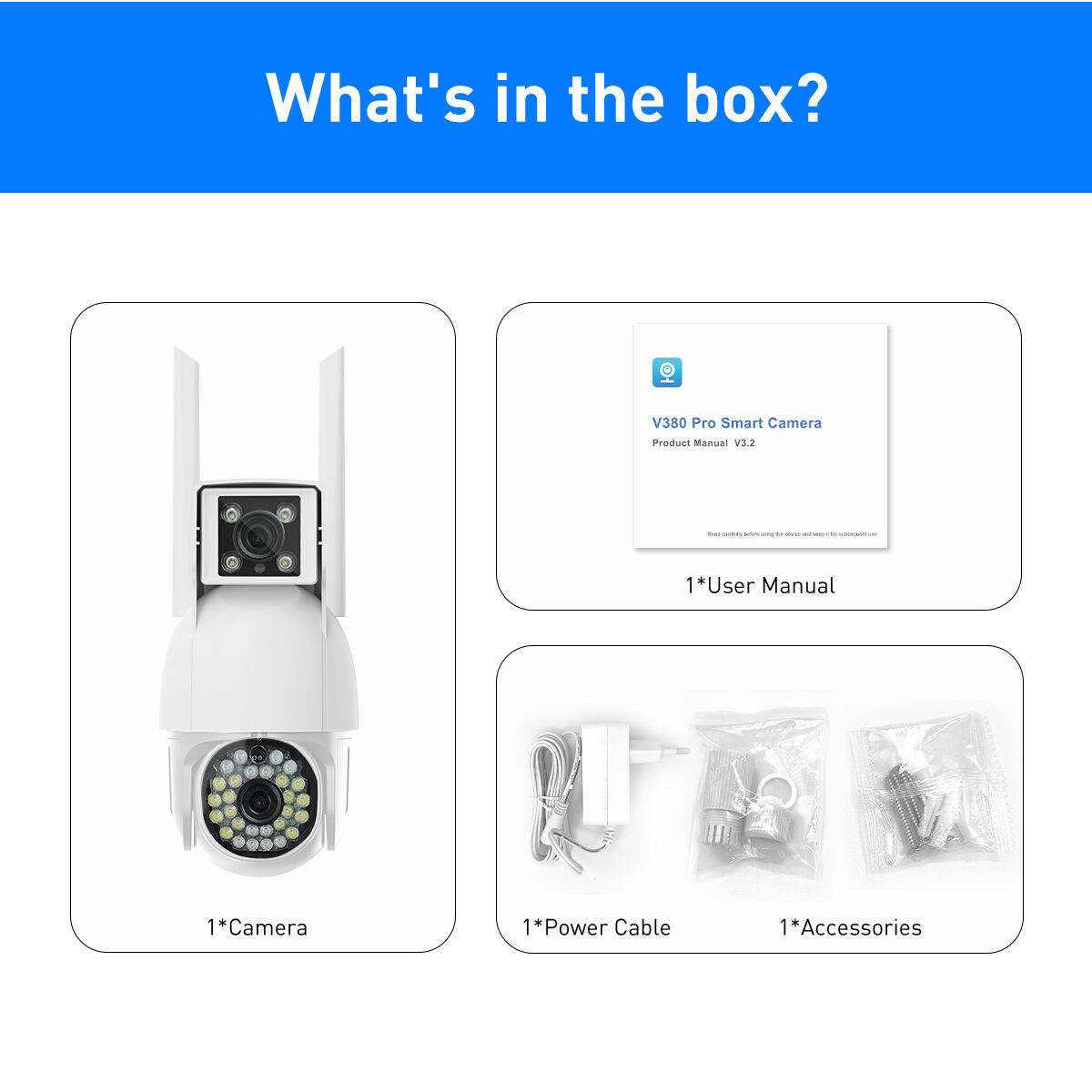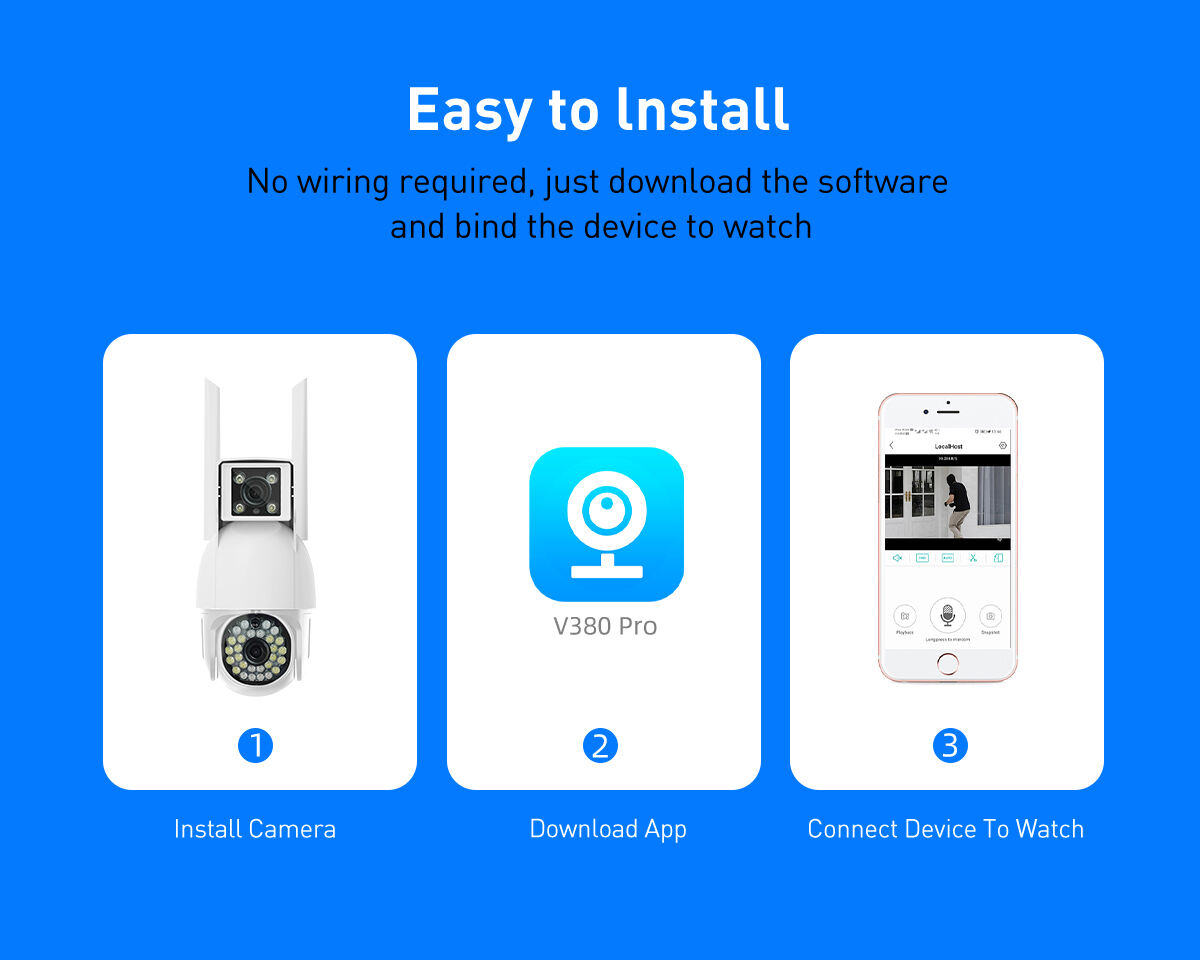dvbt2 c
DVB-T2 C represents a significant advancement in digital television broadcasting technology, combining the robust features of DVB-T2 (Digital Video Broadcasting-Second Generation Terrestrial) with cable transmission capabilities. This sophisticated system enables the delivery of high-quality digital television content through both terrestrial and cable networks, offering enhanced spectral efficiency and improved signal robustness. The technology employs advanced modulation schemes and coding techniques, allowing for the transmission of multiple HD and UHD channels within the same bandwidth previously required for a single analog channel. The system supports various modulation formats, including QPSK, 16-QAM, 64-QAM, and 256-QAM, adapting to different network conditions and requirements. A key feature is its ability to handle multiple Physical Layer Pipes (PLPs), enabling the simultaneous transmission of different services with varying robustness levels. The technology also incorporates sophisticated error correction mechanisms and guard intervals, ensuring reliable signal reception even in challenging environments. This versatile broadcasting solution serves both residential and commercial applications, making it ideal for large-scale digital television network deployments.


